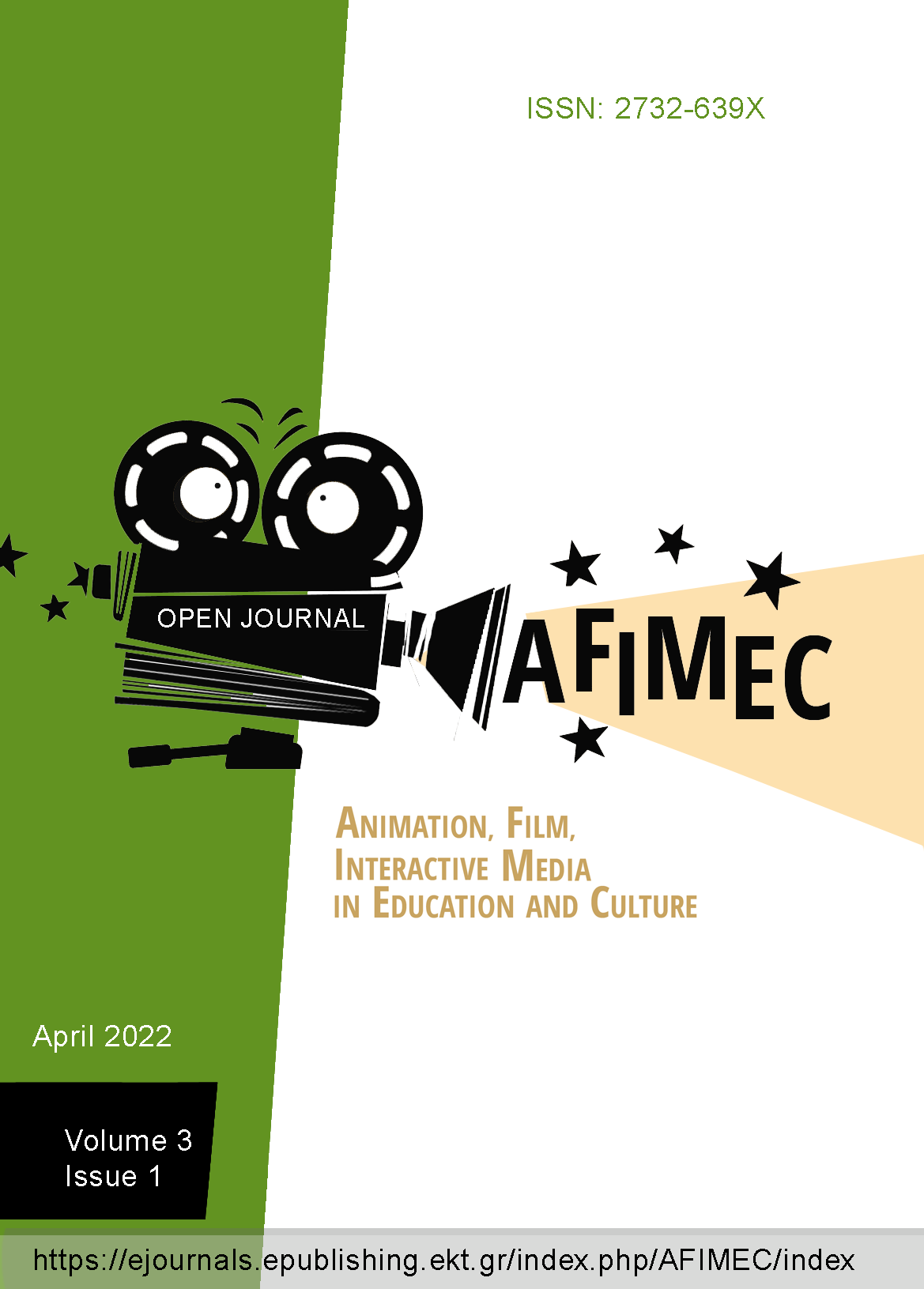Κριτήρια Ποιότητας Βίντεο για τα Μαζικά Ανοικτά Διαδικτυακά Μαθήματα (MOOCs)
Résumé
Τα Μαζικά Ανοικτά Διαδικτυακά Μαθήματα (MOOCs) εμφανίστηκαν το 2008 για να εκδημοκρατίσουν την τριτοβάθμια εκπαίδευση προσφέροντας ελεύθερη πρόσβαση στη μάθηση σε κάθε ενδιαφερόμενο. Βασικό μαθησιακό υλικό στα MOOCs αποτελούν τα ολιγόλεπτα βίντεο, τα οποία συμβάλλουν στην επιτυχή τους ολοκλήρωση, καθώς ένα από τα βασικά προβλήματα των MOOCs είναι τα πολύ υψηλά ποσοστά μη ολοκλήρωσης των προγραμμάτων. Προϋπόθεση γι’ αυτό, είναι τα βίντεο να είναι ποιοτικά, καθώς ένα ποιοτικό βίντεο συμβάλλει στην επίτευξη των μαθησιακών στόχων και κρίνεται θετικά από τους/τις εκπαιδευόμενους/ες. Στην παρούσα εργασία παρουσιάζονται τα αποτελέσματα βιβλιογραφικής ανασκόπησης που διεξήχθη με στόχο τη συγκέντρωση και ομαδοποίηση των κριτηρίων εκείνων που χαρακτηρίζουν ένα βίντεο ως ποιοτικό. Εντοπίστηκαν 50 δείκτες ποιότητας, οι οποίοι ομαδοποιήθηκαν σε 3 άξονες και 5 κατηγορίες. Οι δείκτες αυτοί μπορούν να αξιοποιηθούν, τόσο κατά το σχεδιασμό ενός μαθήματος MOOC, όσο και για την αξιολόγηση των βίντεο που περιλαμβάνονται σε ένα τέτοιο πρόγραμμα.
Article Details
- Comment citer
-
Γιασιράνης Σ., Σοφός Α. (Λοΐζος), & Κώστας Α. (2023). Κριτήρια Ποιότητας Βίντεο για τα Μαζικά Ανοικτά Διαδικτυακά Μαθήματα (MOOCs). Open Journal of Animation, Film and Interactive Media in Education and Culture [AFIMinEC], 4(1). https://doi.org/10.12681/afiinmec.34574
- Rubrique
- Articles
- Οι Συγγραφείς διατηρούν τα Πνευματικά Δικαιώματα και χορηγούν στο περιοδικό το δικαίωμα της πρώτης δημοσίευσης ενώ ταυτόχρονα τα πνευματικά δικαιώματα της εργασίας προστατεύονται σύμφωνα με την Creative Commons Attribution License που επιτρέπει σε τρίτους - αποδέκτες της άδειας να χρησιμοποιούν την εργασία όπως θέλουν με την προϋπόθεση της διατήρησης των διατυπώσεων που προβλέπονται στην άδεια σχετικά με την αναφορά στον αρχικό δημιουργό και την αρχική δημοσίευση σε αυτό το περιοδικό.
- Οι Συγγραφείς μπορούν να συνάπτουν ξεχωριστές, και πρόσθετες συμβάσεις και συμφωνίες για την μη αποκλειστική διανομή της εργασίας όπως δημοσιεύτηκε στο περιοδικό αυτό (π.χ. κατάθεση σε ένα ακαδημαϊκό καταθετήριο ή δημοσίευση σε ένα βιβλίο), με την προϋπόθεση της αναγνώρισης και την αναφοράς της πρώτης δημοσίευσης σε αυτό το περιοδικό.










